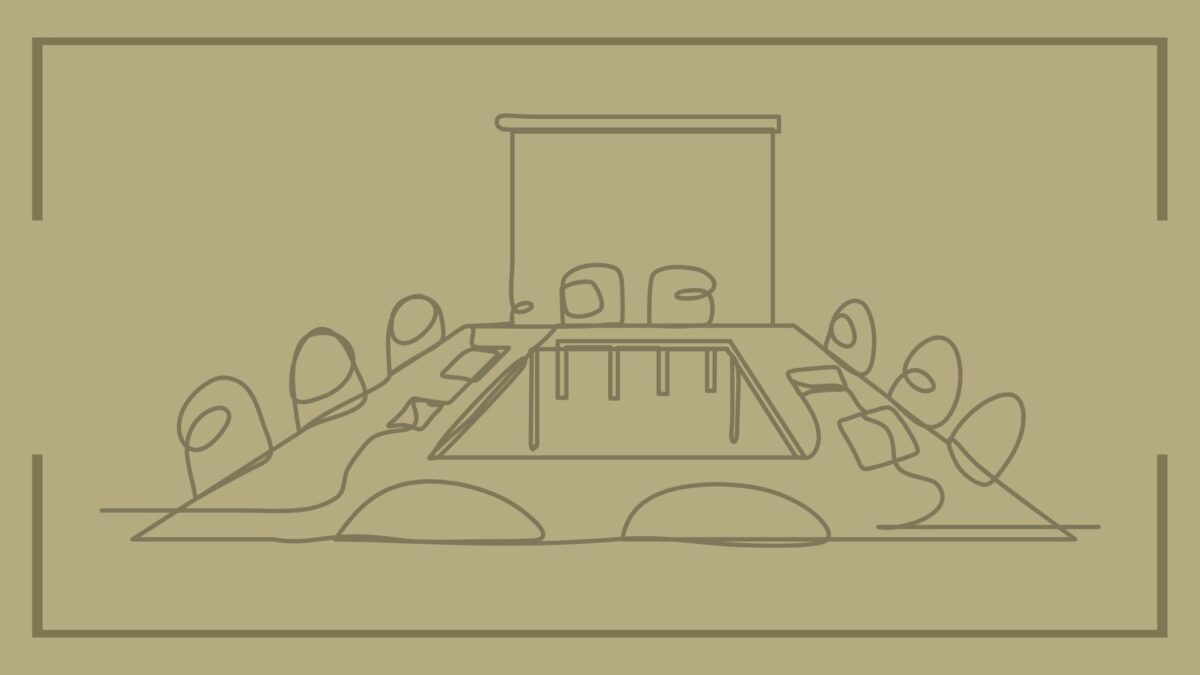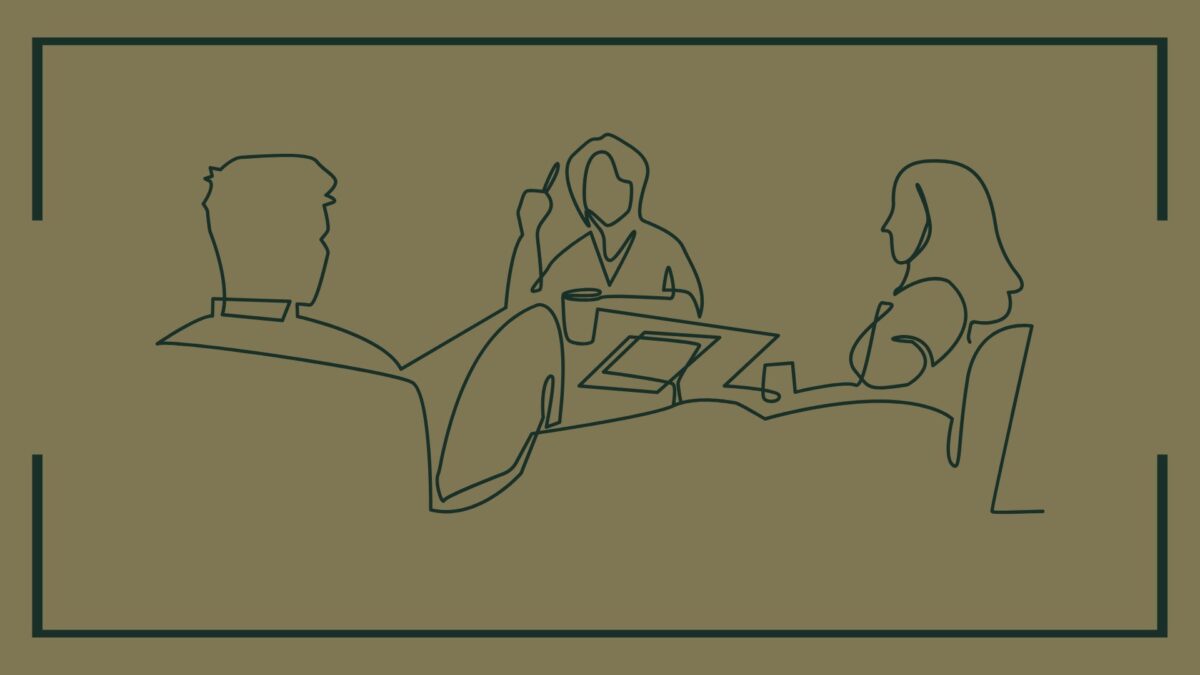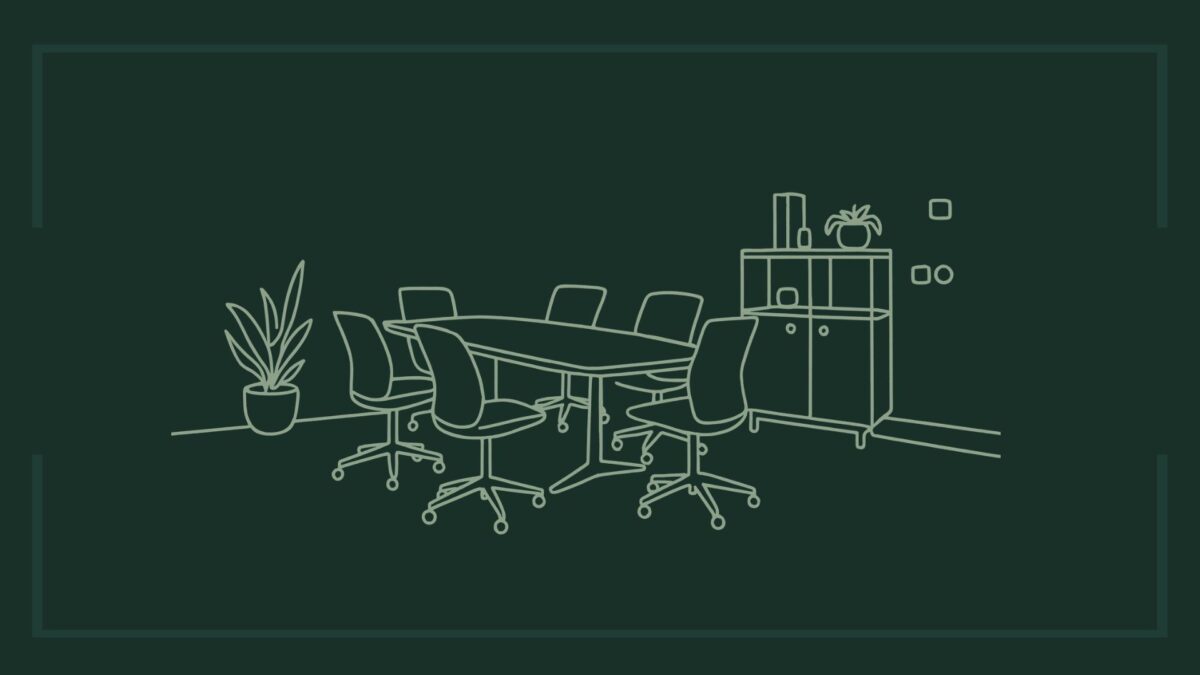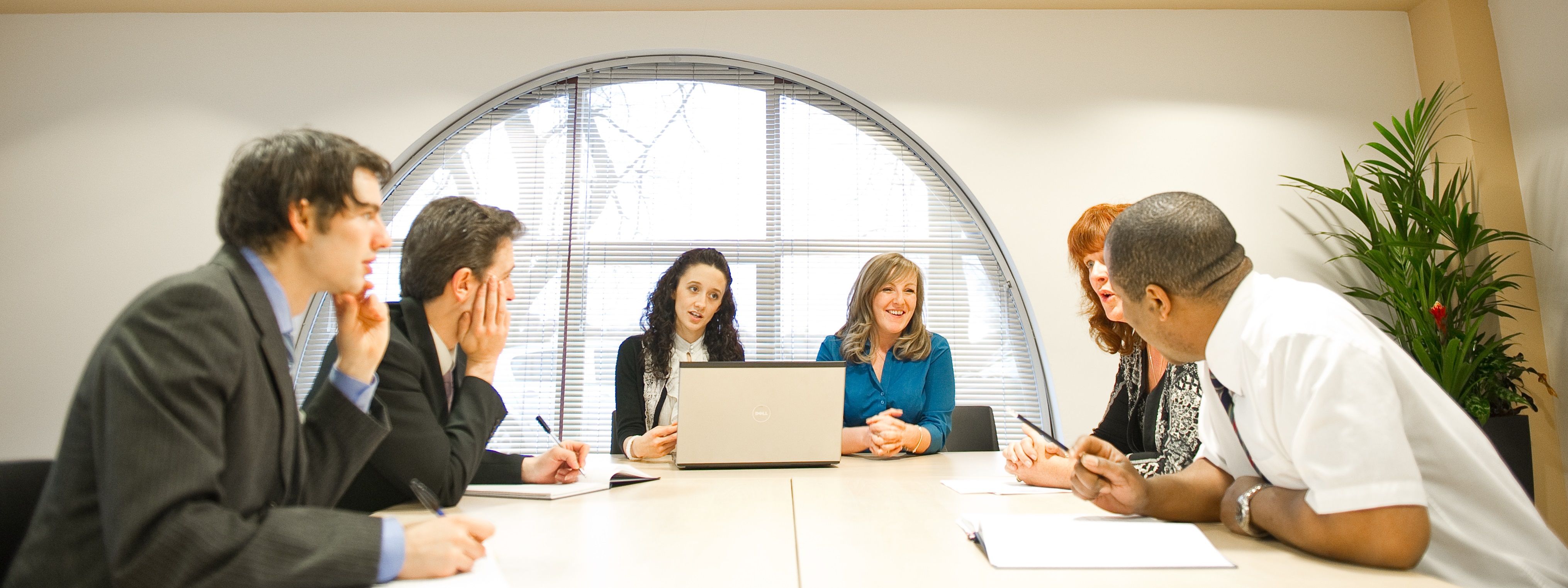WorkWell’s Meeting Room Guide
Why opt for a hired meeting room in Leeds?
Leeds is home to over 536,000 individuals, making it the UK’s second largest city. The business-oriented city attracts many organisations to its trendy cosmopolitan streets, creating appeal around hiring quality, well-facilitated and flexible spaces to hold meetings, events and seminars.
Leeds is a practical city to run meetings out of, with fantastic transportation links for the whole of the North and even to the south, it makes it simpler for anybody across the UK to attend a meeting.
Whilst the transport links offer convenience, Leeds offers more practicalities, with a plethora of shops, cafes, restaurants and bars for food and drink to be gotten from. Being surrounded by so many options can reduce the time spent navigating to the nearest local shop.
Leeds is a developing city, with money being put into improving the city’s infrastructure and green spaces. This means that whilst you may want the convenience of a meeting room in an urban environment, you can still find green spaces to enjoy your lunch or a long walk.
Potential issues to consider with hiring a meeting room?
Hiring a meeting room comes with a lot of considerations to be made, whether it is the budget, the capacity of a space, or the technological capabilities. Considering each aspect of your ideal meeting room will set you up for success.
- Ensure the space has the technical capabilities and IT support for those days where it may be causing some issues.
- Will you have access to other facilities? I.e. printer access or a kitchenette
- Location is king, make sure everyone attending can get there without it costing too much money or time!
- Consider taking a tour, there’s nothing worse than feeling like you’re trapped in an arrangement that doesn’t meet your business needs. Try before you buy will help protect from any issues.
- Make sure to book with plenty of time to prepare. Don’t try booking the day before, make sure you and your meeting room provider are prepared for your attendance, more so, making sure they’re not booked up!
Stretching your meeting room budget
Looking for ways to make the most of your meeting room budget? Accessing a high-quality environment for meetings helps increase your business’s credibility and can contribute towards the general success of your organisation. However, stretching your budget isn’t always a practical solution for just the one meeting, so we’ve come up with some ways you can stretch your budget:
- Connect with another business – Do you know anyone that would be interested in sponsoring your meetings? This could be in the form of anything from providing the catering for your meeting to handing out branded goodie bags to your attendees. If you do the relevant research and get a bit creative with your approach, this tactic can really pay off.
- Look for hidden costs – Some of the seemingly-cheaper meeting rooms often come with a variety of hidden costs. This could be for anything from the catering to using the wi-fi! We can’t stress enough how important it is to ask exactly what is included in the price before you make your booking.
- Opt for all-inclusive packages – It could be a lot more cost-effective to book an all-inclusive meeting room package. Take time to look for a package to suit your business and you could end up saving a lot of money on things you usually pay extra for!
- Host out of the city – People often assume that a city centre location is perfect for your meetings, but that’s really not the case! More rural locations don’t just tend to be more cost-effective compared to city-centre meeting room facilities, but they may also provide a more convenient location for your attendees.
- Have a fixed budget for all meetings –Sometimes it can really help to visualise things by writing them down on paper. Take some time to work out exactly how much you can afford to spend on each meeting, down to the penny. From here, you can keep this figure in mind when booking your meetings to make sure you don’t go over your budget.
- Create an opportunity for funds to be raised – This is no short-term solution, but creating additional means to fund your meetings can be a great way to subsidise any excess costs from your budget.
- Booking in bulk – Some meeting room providers offer discounted rates for bulk bookings. Simply ask around and find the perfect place for you.
- Electing to use a smaller space – Consider the size of the space needed to comfortably conduct a meeting. Instead of picking one, you can roam around in, look for one that comfortably sits attendees and provides you with the necessary amenities to conduct.
For more tips on finding meeting space and overcoming the challenges involved in planning and running meetings, the WorkWell blog is a mine of useful information and advice – subscribe today for regular updates.







